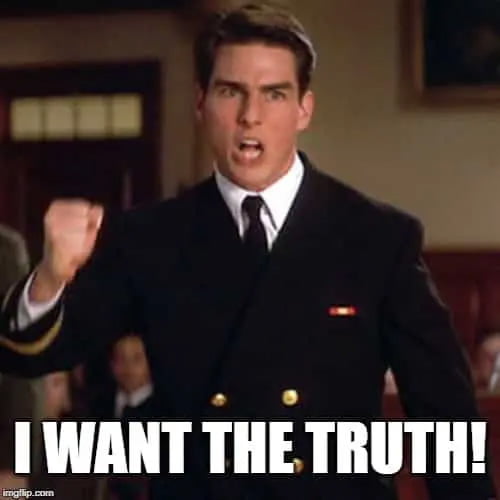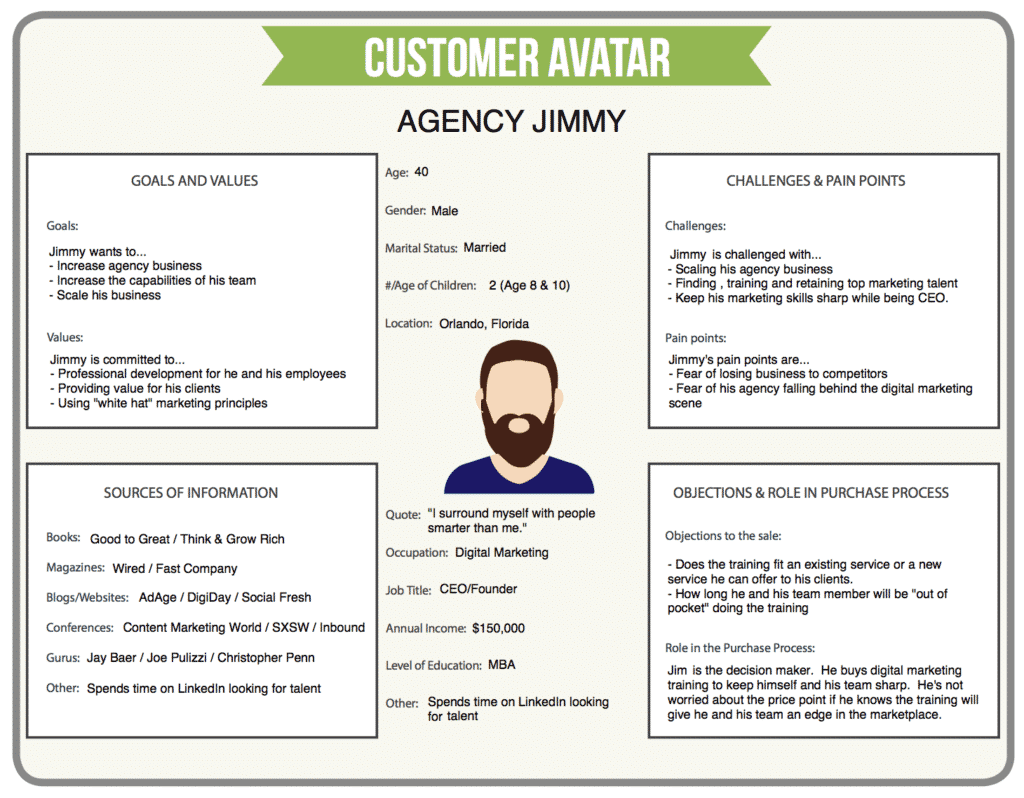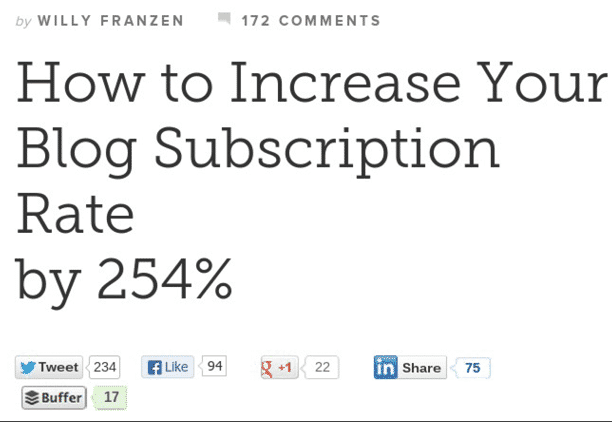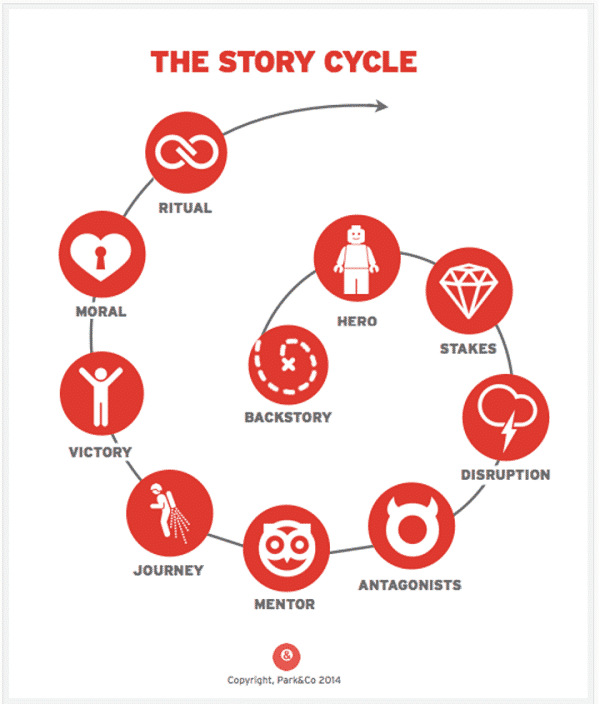
Free Digital Marketing Review
We’ll show you how to hit your business goals with result-driven digital marketing.
Have you heard the phrase – Content is King?
The hashtag #contentmarketing has over 638,639 followers on LinkedIn and has noticeably taken over from other searches such as #websites which is now followed by a mere 7640 people.
The Content of “Content Marketing” covers a lot of bases so we’re going to cover in this article the one thing all business owners can do – write copy!
After all, even on LinkedIn 634,455 still think #copywriting is a subject worth following! So in this article, we will cover:
- 10 persuasion techniques you can use
- What are the types of persuasive language?
- What is a persuasive language technique?

10 persuasive techniques to use
1. Show the readers What’s In it For Them
It makes sense to start with this very important persuasion technique first.
Sales teams have used the phrase WIFM for decades when considering their next sales call, not as a derogatory comment about their client’s hygiene standards but as a self-challenge to think about what their clients want and need to hear!
Readers of digital marketing copy are no different, they want to rapidly understand how what they’re reading will help them! They really don’t care about you or your organization.
They care about what you can do for them. In other types of persuasive writing (think journalists) it could be whether it’s relieving suffering, changing lives, or inspiring others.
In Business writing the magic bullet is to use persuasive language to show your reader how you can help solve the problems that keep them up at night.
2. Who am I writing to?

Try to imagine you are writing to a real person, just like you would in real life! This matters as like in real life, the style of language you’d write for your grandparents is probably not the same version you’d send to a best friend!
So we need to understand the types of audiences (readers) we want to help and engage with via our persuasive language
Marketing people refer to these audiences as their Customer Avatars. They can be tricky audiences to create, however, the value of creating them – if done well – can be of massive benefit to your business!
So the cynical readers may now be saying – “but I know who my customers are, they’re accountants”.
I guess describing our target audience as “Accountants” is a progression over “humans” but surely we can all agree we need to dig a bit deeper into what specific problems we solve for “accountants”, do all accountants have identical problems?
The good news is we all have clients so there’s a good starting point to start creating your own customer avatars.
# Motivational tip – customer avatar work can be used to BOTH attract and repel clients you do and do not want to work with!
So you need a description of your ideal client OR to put in more accurately the ideal types of clients is a more likely scenario. This technique also helps us select the most appropriate persuasive language to use for our audience.
There are various tools out there to help get you started, we’ve found this example from DigitalMarketer to be a good one to get started with – Customer Avatar Worksheet | Download the Free Template

3. Tell good stories
We all love a good story and naturally in the moment of reading a book, watching a favourite TV programme or listening to a great podcast we never really ask ourselves why as probably we’re just too busy enjoying the storytelling experience!
So for now here’s the science bit of why persuasive language techniques work on us humans, later on, we’ll reveal some tips on how to get started using the Storytelling technique in business copy – you’re probably doing some of it already!
The Science bit of storytelling
Stories are like people’s superpowers, our brain is hardwired to constantly search for them.
Humans can go weeks without eating and days without drinking, but only roughly 35 seconds without their brains scanning the environment to create meaning out of what they see.
When you hear a story, you automatically filter it through your experience as the hippocampus pulls up memories. While the brain tells itself a story, it tries to run non-stop scenarios to figure out the best response and then acts upon that scenario. And it does that in milliseconds.
4. Provide factual proof
“Give me the facts!” General statements and feelings raised in stories need to be supported by solid information. Demonstrate benefits with persuasive language.
Specific answers and persuasive arguments prevent buyer concerns and appeal to the mind. So Copyblogger in this example could have used less-specific writing such as – “Increase your blog subscription by X2..” but the specificity of 254% both catches the eye and the brain so much better!

Human beings’ brains – as mentioned in number 3 above – are a composite of emotional and logical right brain and left brain activity. The best persuasive language writing appeals to both.
5. Provide social proof
People care what other people think. That’s why testimonials are so persuasive. We can’t say how great our business, product or service is -but our customers can!
So the more we can cite partners, customers, donors, beneficiaries and even celebrities who endorse our organization, the more persuasive our copy will be.
Many businesses have testimonials but typically these will be buried away in say a brochure or all crammed together on one page of a website.
Don’t be shy with these powerful drops of truth, feel free to sprinkle them onto your social media posts and when a customer gives you a recommendation on a social platform, with their permission screengrab their testimonial (for authenticity) then add a sprinkle of a design before using them in other marketing channels where your audience is.
6. Explain why OR Emphasize Benefits Over Features
The humble word “Because” is one of the most persuasive words to use in your copy as it nudges people to take action by giving them a good reason to. We explain the “because” to customers not through the features of what we offer but through the benefits of those features.
So we all need to do some “FAB” analysis of our copy – Features And their Benefits – with the help of three silent words – which means that
Basic example – This pen has a very fine nib – which means that – your writing will look perfect every time.
Now read your website copy again and see if it passes the FAB test
7. Use repetition
It’s a core principle of learning psychology – repetition is crucial.
Children learning their twelve times tables and their A to Z by continual repetition may not be pretty, but it’s undeniably effective!
It’s also critical in persuasive writing since your audience can’t agree with you if they don’t truly get what you’re saying. Of course, there’s good repetition and bad.
To stay on the good side, make your point in several different ways, such as directly, using an example, in a story, via a quote from a famous person, and once more in your summary.
8. Identify with the reader
Speak directly to your reader’s problem or challenge. Demonstrate you truly understand their pain, apathy, confusion, or other emotion.
Look to build rapport with the reader, the more language of persuasion you can use the more they’ll think, “They get me. They understand my challenge .”
9. Address objections

Readers are looking for any excuse to click off your page, toss your brochure in the bin, or move on to the next article in their never-ending content feed. Raise their objections before they do and answer them.
Show readers both sides of the coin – that handful of weaknesses to your argument and how you refute them. Scientific studies have shown that two-sided arguments are more persuasive to readers than one-sided counterparts.
Handling objections upfront is why most of the best sales letters ever written are quite long. It’s not that they want you to read it all, it’s that they want you to read enough until you buy.
So make sure to present your case and not let the reader insert their subjective opinion versus your factual truth.
10. Offer a guarantee
By offering a powerful guarantee you convince the reader to make that final step, then hand over their hard-earned cash or even just their email in some cases! The guarantee provides assurance and a way out for your readers.
A guarantee is one of the most powerful tools in your persuasive language arsenal. Guarantees can be tricky to create if you’re not selling a product like Double Glazing, for example, however, a classic guarantee most businesses can offer is a Money-Back Satisfaction guarantee – just make it very specific and time-limited.
Yes, you’ll get a few people who’ll claim to not be satisfied to get a refund, however, these few are massively outnumbered by many prospective clients who were proverbially “tipped off their fences” by your persuasive writing and into your bank account.
What are the types of persuasive language?
I touched on this persuasive language technique earlier on – “Tell good stories” – so we’ve already covered the why this language works, now for the how of application for this persuasive writing technique.
Telling stories may not seem that related to “business”, however, we should take them seriously and adapt these language techniques as these are proven persuasive language techniques in the Multi-billion Pound Film and TV markets.
Don’t worry, we don’t need to be Steven Spielberg or George Lucas, we just need to use some of their tricks.
The success of great stories for business writing is to understand that there’s actually a success formula to follow! Using a formula takes the guesswork out of your writing, however, it still requires some creativity and other persuasive language techniques we’ve been covering throughout this article!
The magic formula – Park Howell a 30-year advertising and marketing expert – managed to distil down other longer storytelling formulas to the 10 simple steps below.

This 10-step process that can be used for everything from high-level brand strategy to the creation of a 30-second TV advert. The full detailed version of the 10 steps is expanded on in the link below.
The same technique can also be adapted to the world of social media where only 7 seconds of people’s attention is the norm. For social media we need to follow the three fundamental principles of the three-act play:
- Start with a setup,
- Introduce conflict
- Then resolve it.
Like a summary version of the 10 -step above focussing on; Back story (set-up) , Disruption( introduce conflict) then Victory (resolve it)
You can find an expanded explanation of the 10-steps here

These simple-to-understand persuasive language techniques are used everywhere, even by the writers of South Park who use a construct called, “And, But, and Therefore,”
When the Southpark writers find a script falling flat, they use the Rule of Replacement. They take out the “ands” and replace them with “buts” and “therefores.”
Here’s an example of what happens when you incorporate And, But, and Therefore into a story.
- Act 1, the setup is, “I got up to walk the dog and we ran out into the street and headed down to grab a cup of coffee.”
- Act 2 is, “But a car came careening around the corner and was heading directly for my poor pooch.”
- Act 3 is, “Therefore, I did the only thing I could do. I reached down, grabbed him by the scruff of the neck, and jumped out of the way just in time for the driver
When you tell a story, you allow your audience to live vicariously through you, and they will learn a lesson from it. In this case, the lesson is, “Next time I walk my dog, I’m going to pay more attention, especially to people who may be texting behind the wheel.”
So the next time you’re trying to write a campaign and it’s not coming together, start with an And, But, and Therefore, placing your customer at the centre of the story.
For example,
“Sally would love to have longer, lusher hair. And she has tried all of the regular products. But she doesn’t like the chemicals in them. Therefore, our all-organic soy-based shampoo is the answer for Sally.”
It’s the most basic construct that will work for everything from a presentation to a proposal, from an advert to a tweet.
Simply ask yourself what you are trying to say, then Use And, But, and Therefore to build the foundation for your story. Once you have that, you can fill your story out with elaborate nuances.
What is a persuasive language technique?

In researching for this article I came across a great little article on BBC Bitesize of all places, I’ll just list a few persuasive language techniques (with examples) that are most pertinent to business writing you can check out the full article at your leisure
- Imperative command – Instructional language > “Get on board and join us”
- Triples – three points to support an argument.> “Safer streets means comfort, reassurance and peace of mind for you, your family and your friends”
- Rhetorical question – a question which implies its own answer. > “Who doesn’t want success?”
- Statistics and figures – factual data used in a persuasive way > “82% of people agreed that this would change their community for the better.” –
I confess I did a slight edit to example 4 above – an earlier technique on the power of specificity made me!
Another favourite persuasive language tip is the use of Power words to get the right side of the brain (emotional side) listening.
What are power words I hear you say?
Sorry, blatant use of the Rhetorical question technique above.
Power words are persuasive, descriptive words that trigger a positive or negative emotional response.
Here’s a famous quote from Winston Churchill to bring the technique to life, in the context of Churchill’s quote you could even say a life or death situation!
“We have before us an ordeal of the most grievous kind. We have before us many, many long months of struggle and of suffering. You ask, what is our policy? I can say: It is to wage war, by sea, land and air, with all our might and with all the strength that God can give us; to wage war against a monstrous tyranny, never surpassed in the dark, lamentable catalogue of human crime. That is our policy. You ask, what is our aim? I can answer in one word: It is victory, victory at all costs, victory in spite of all terror, victory, however long and hard the road may be; for without victory, there is no survival.”
I’ve highlighted the Power words in bold. Power Words are emotional words packed with persuasive language
Some people naturally write using emotive words as that is the style of language they use when speaking.
If that’s not your natural style here’s a tip for you.
Top Tip: Just start by writing in your natural style, getting started writing can be tough enough! Then when editing have a free resource like the one below by your side to convert some of your written words into Power words.
More on Power Words can be found here 801+ Power Words That Pack a Punch and Convert like Crazy a Free resource
Summary
Lots to reflect on and plenty of actionable insights for everyone!
For those reading this thinking – “I can’t write” – one of my go-to content marketing experts -Ann Handley- would beg to differ, she’s even written a book to prove it – Everybody Writes
Of course, if having read Ann’s book you still want some help or now have a greater appreciation of the power of expert copywriting then just contact us
Reference/ Acknowledgements:
Digitalmarketer – Customer Avatar Worksheet
Copyblogger – Content marketing tools and training.

Need help with your website and marketing?
Book a FREE growth strategy session with our experts
Our award-winning team will review your website and marketing goals to provide you with crucial insight and advice.

4.9 STAR
Google reviews
With 10+ years of experience, Link Digital has helped hundreds of businesses to succeed online. We can help yours too!

